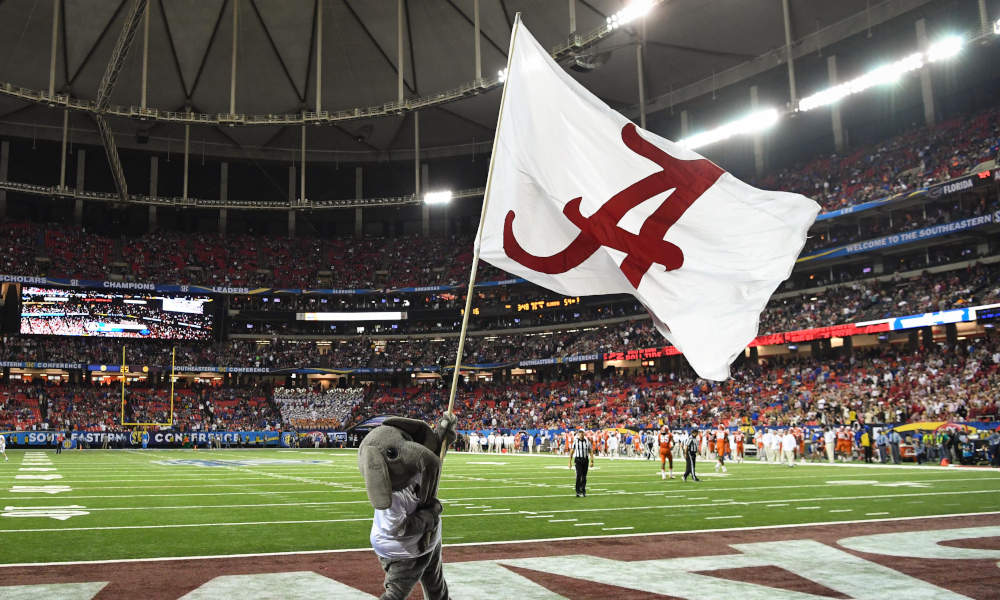
For those who are still adamant about the return to fall sports, this past week of news has been much less encouraging.
With many conferences switching to in-conference only games and a number of others cancelling the seasonal sports all together, it raised a large question towards the leadership of the NCAA.
When the discussion of cancellations and amendments to fall sports was first beginning, the NCAA was clear in stating that it would leave the decision making up to the conferences on what will be best to do.
But what the NCAA has done is release new guidelines for each university to follow in order to determine what to do with their programs.
On Thursday, the third installment of the NCAA’s guidelines which are designed to inform schools in responding appropriately based on their specific circumstances and in the best interest of returning college athletes’ health and well-being were released.
The recommendations went as followed:
- Daily self-health checks.
- The appropriate use of face coverings and social distancing during training, competition and outside of athletics.
- Testing strategies for all athletics activities, including pre-season, regular season and post-season.
- Testing and results within 72 hours of competition in high contact risk sports.
- Member schools must adhere to public health standards set by their local communities.
“Any recommendation on a pathway toward a safe return to sport will depend on the national trajectory of COVID-19 spread,” said Brian Hainline, NCAA chief medical officer. “The idea of sport resocialization is predicated on a scenario of reduced or flattened infection rates.”
Although each conference is taking the proper steps in trying to decide what is best for their athletes, time is running out.
SEC Commissioner Greg Sankey previously stated that a decision on what to do about their season would likely be coming around the end of July, which is probably the best benchmark for all other conferences who fall under a similar umbrella of unknown.
“It is clear that current circumstances related to COVID-19 must improve and we will continue to closely monitor developments around the virus on a daily basis,” said Sankey. “In the coming weeks we will continue to meet regularly with campus leaders via videoconferences and gather relevant information while guided by medical advisors. We believe that late July will provide the best clarity for making the important decisions ahead of us.”
*Get the BEST Alabama football insider information, message board access, and recruiting coverage today! SIGN UP HERE to unlock our subscriber only content!*
Patrick Dowd is a Reporter for Touchdown Alabama Magazine. You can follow him on Twitter, via Pat_Dowd77















